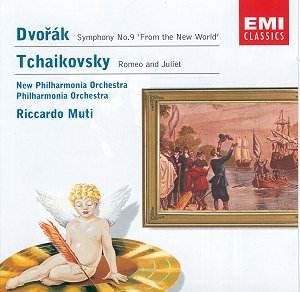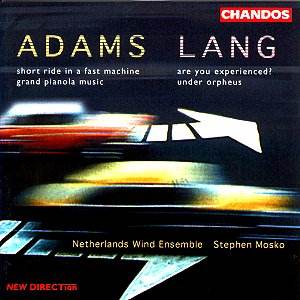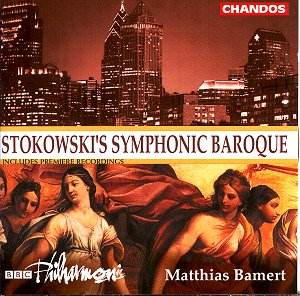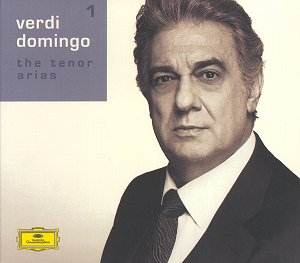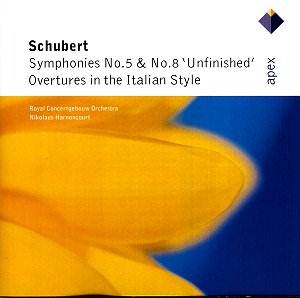 Composer: Franz Schubert
Composer: Franz Schubert
Works: Symphonies No. 5 D485 and No. 8 “Unfinished” D759, Overtures in the Italian Style D590 and D591
Performers: Royal Concertgebouw Orchestra, Nikolaus Harnoncourt
Recording: Concertgebouw, November 1992
Label: APEX 0927 40840-2
Franz Schubert’s symphonic oeuvre, particularly his Fifth and Eighth symphonies, occupies a singular place in the canon of early Romantic orchestral music. The Fifth, composed in 1816, is often celebrated for its classical clarity and lyrical charm, while the Unfinished, left incomplete in 1822, resonates with a profound emotional depth that has captivated audiences and musicians alike. This recording by Nikolaus Harnoncourt and the Royal Concertgebouw Orchestra illuminates these works with a fresh perspective, eschewing the more conventional approaches in favor of a reading that emphasizes the underlying complexity of Schubert’s scores.
Harnoncourt’s interpretation of the Fifth Symphony diverges from the warm, open-hearted interpretations commonly associated with conductors like Sir Thomas Beecham. Instead, Harnoncourt brings forth a serious-minded approach that reveals the darker undercurrents present within the seemingly buoyant exterior. The performance is characterized by a lithe string tone that eschews romantic saturation, allowing for a transparency that enables the intricate counterpoint to emerge. In the Andante con moto, Harnoncourt observes Schubert’s tempo marking with an integrity that imbues the music with true gravity. The Allegro vivace, while infused with a sense of joy, is subtly tinged with an undercurrent of turmoil, showcasing Harnoncourt’s ability to juxtapose exuberance with introspection, a hallmark of Schubert’s style.
The Unfinished Symphony receives an even more compelling interpretation, with Harnoncourt steering clear of heavy-handedness. The performance unfolds with a remarkable sense of balance and rhythmic control, allowing the haunting melodies and rich harmonic textures to resonate with clarity. The first movement’s ominous opening transforms into a poignant exploration of longing, while the second movement’s lyrical beauty is rendered with a poignancy that invites reflection. The Royal Concertgebouw Orchestra, known for its exemplary artistry, rises to the occasion, producing a sound that is both dark and introspective, reflecting the serious gravitas of the score.
The inclusion of the two Italian Overtures, D590 and D591, is not merely a perfunctory addition but rather serves to enrich the listening experience. These works, bursting with vivacity and charm, complement the symphonic pieces beautifully and reinforce Harnoncourt’s ability to navigate a diverse emotional landscape. The overtures are performed with precision and panache, showcasing the orchestra’s stunning woodwind section and their impeccable articulation, which is particularly evident in the spirited Allegro of D590.
The recording itself is noteworthy for its exceptional clarity, a testament to Harnoncourt’s artistry and the engineering prowess behind this release. Each instrument is distinctly rendered, allowing the listener to appreciate the intricate interplay of lines that Schubert so masterfully crafted. This clarity enhances the overall impact of the performance, drawing the listener into the nuanced world of Schubert’s musical language.
This recording of Schubert’s Fifth and Eighth symphonies, along with the Italian Overtures, stands as a significant contribution to the discography of these works. Harnoncourt’s thoughtful interpretation, combined with the Royal Concertgebouw Orchestra’s impeccable execution, offers a compelling vision of Schubert that is both intellectually stimulating and emotionally resonant. The performance transcends mere execution, inviting listeners to engage with the music on a deeper level, making it a highly recommended addition to any serious classical music collection.
